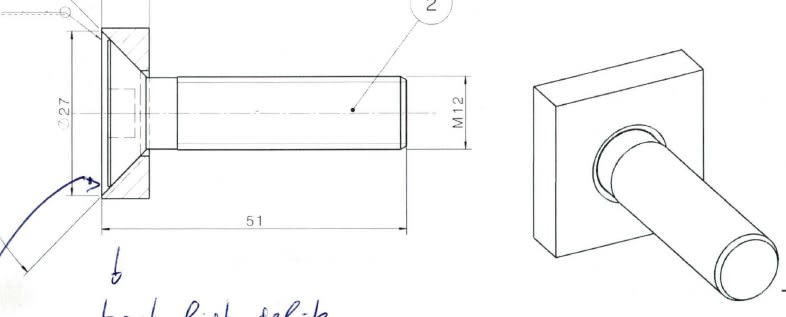Ok now I know that welding of high strength bolts is rarely if ever permitted. Grade 8.8 (830MPa ultimate tensile strength) is the common bolt grade we use. Does anyone know of any good texts/industry guides/academic references that explain in detail what goes on when you weld high strength bolts?
What I always see in general terms is that welding high strength fasteners removes the heat treatment and embrittles the metal.
The following doc talks about how even tack welding of the bolts can embrittle them.
I'm familiar with the docs in thread725-500924 also.
I'm not trying to find a way to actually weld them, just an authoritative or definitive explanation of what is actually occuring when you weld high tensile fasteners. There may be situations where you are welding near high strength bolts which may experience some localised heat transfer. Are there limits for this, can they take a certain low temperature before strength degradation occurs? Would be interested if anyone has managed to find more detailed info on these issues.
What I always see in general terms is that welding high strength fasteners removes the heat treatment and embrittles the metal.
The following doc talks about how even tack welding of the bolts can embrittle them.
http://www.nationalprecast.com.au/wp-content/uploads/2015/10/specs-of-welding-high-tensile-bolts.pdf
I'm familiar with the docs in thread725-500924 also.
I'm not trying to find a way to actually weld them, just an authoritative or definitive explanation of what is actually occuring when you weld high tensile fasteners. There may be situations where you are welding near high strength bolts which may experience some localised heat transfer. Are there limits for this, can they take a certain low temperature before strength degradation occurs? Would be interested if anyone has managed to find more detailed info on these issues.

